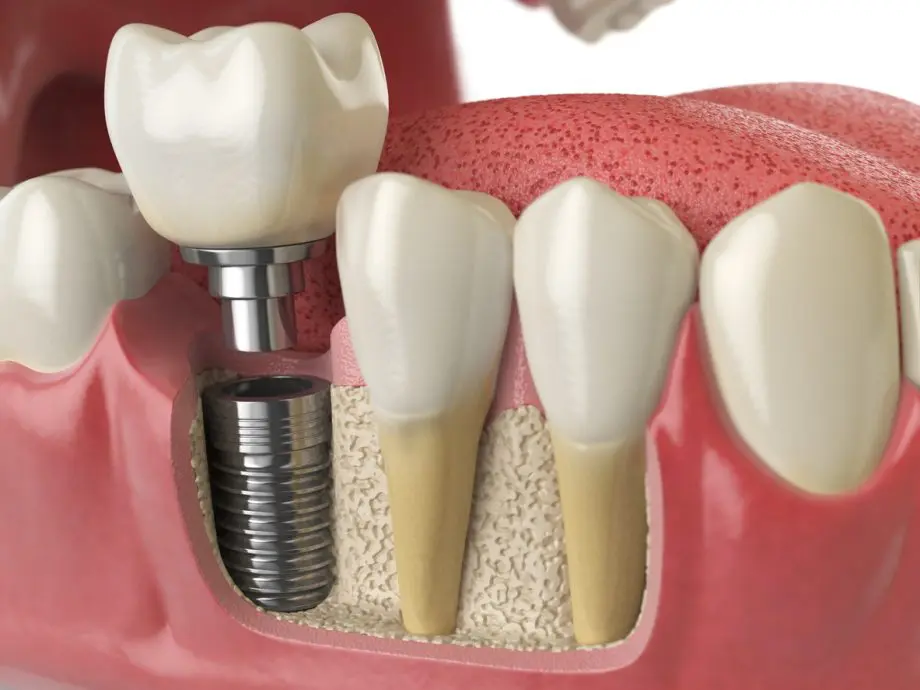Introduction:
Dental implants have revolutionized the way we approach tooth loss, offering a durable and aesthetically pleasing solution. There are many types that from single tooth replacement to a complete mouth overhaul including options to replace just a few teeth (known as an implant bridge)
However, the procedure can be intimidating for many. This comprehensive guide aims to demystify the dental implant process, providing a step-by-step walkthrough to help alleviate fears and prepare you for this life-changing procedure.
Step 1: Initial Consultation and Assessment
The journey to dental implants begins with an initial consultation. Here, your dentist or oral surgeon will assess your oral health, examining your gums, teeth, and bone structure. This evaluation often includes X-rays or CT scans to determine the feasibility of implants and to plan the procedure. It’s also an opportunity for you to discuss your medical history, concerns, and expectations. Feel free to ask questions – understanding the process can significantly reduce anxiety.
Step 2: Treatment Planning
Based on the assessment, your dental professional will create a personalized treatment plan. This plan considers factors like the number of teeth to be replaced and the condition of your jawbone. If there’s insufficient bone density, you may require a bone graft, which will be planned and explained at this stage.
Step 3: Preparing for Surgery
Before the surgery, you’ll receive detailed instructions on how to prepare. This might include dietary guidelines, medication adjustments, and oral hygiene practices. Adhering to these instructions is crucial for a successful implant procedure.
Step 4: The Implant Surgery
On the day of the surgery, you’ll be given a local anesthetic to numb the area, ensuring a pain-free procedure. Some patients may also opt for sedation to ease anxiety. The surgeon then makes an incision in the gum to expose the bone, where a hole is drilled to place the implant post. This post acts as the new tooth root. The incision is then closed, and the healing process begins.
Step 5: Healing and Osseointegration
After the implant is placed, a period of healing, known as osseointegration, begins. This is where the implant fuses with the jawbone, a process that can take several months. During this time, it’s essential to follow post-operative care instructions to ensure proper healing.
Step 6: Placing the Abutment
Once osseointegration is complete, you may need a second minor surgery to place the abutment – the piece where the crown will eventually attach. This procedure is typically less invasive and requires a shorter healing period.
Step 7: Crafting the Crown
After your gums heal from the abutment placement, the next step is creating your new tooth or teeth. Impressions of your mouth will be taken to craft a crown that perfectly fits your bite and matches the color of your natural teeth.
Step 8: Attaching the Crown
The final step is the attachment of the crown to the abutment. This crown is custom-made to blend seamlessly with your existing teeth, both in shape and color. Once attached, your dentist will make any necessary adjustments to ensure a comfortable and functional bite.
Post-Procedure Care
Following the procedure, it’s normal to experience some discomfort, swelling, or bruising. Your dentist will provide guidelines on managing these symptoms and maintaining oral hygiene. Proper care ensures the longevity of your implant and overall oral health.
Overcoming Anxiety and Fear
Fear of dental procedures is common, but knowledge and preparation can significantly reduce anxiety. Here are some tips to help you overcome your fear:
- Educate Yourself: Understanding the procedure can dispel myths and reduce unknowns that often fuel fear.
- Communicate with Your Dentist: Express your concerns. Dentists are trained to help alleviate patient anxieties.
- Sedation Options: Discuss sedation dentistry, which can provide a more relaxed experience for anxious patients.
- Focus on the Benefits: Remember the positive outcome – a healthier mouth and a more confident smile.
- Seek Support: Talk to others who have undergone the procedure, or consider counseling if dental anxiety is severe.
Conclusion:
Dental implant surgery, while daunting, is a well-established and safe procedure with high success rates. By understanding each step of the process and actively preparing for it, you can overcome your fears and move towards a future of improved oral health and confidence. Remember, the journey to a beautiful smile starts with a single step, and your dental team is there to guide you every step of the way.










